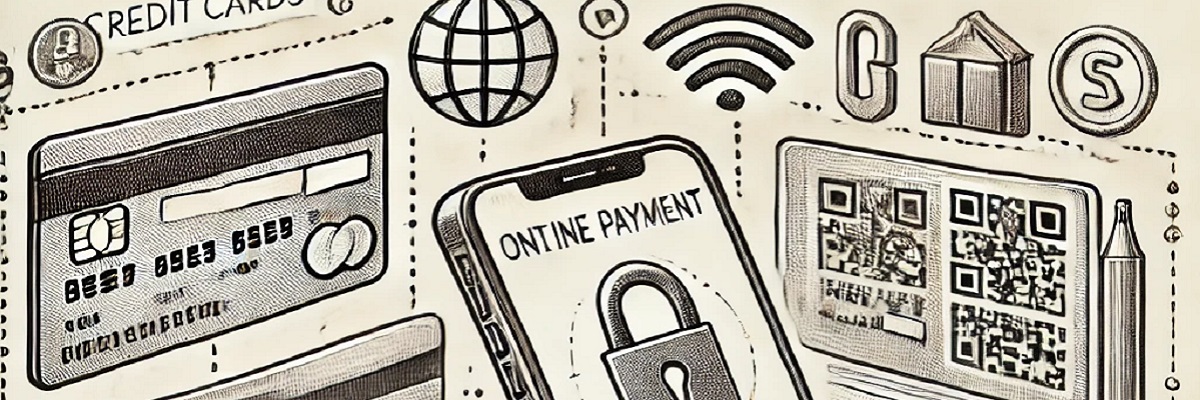Online payment systems for receive payments over the internet!
Learn more about online payment systems.

Online payment systems are digital platforms that enable individuals and businesses to make or receive payments over the internet. These systems have become an essential component of the modern economy, facilitating secure and efficient financial transactions without the need for physical cash. They provide a seamless way for consumers to pay for goods and services online, and for businesses to accept payments, helping to eliminate the barriers posed by traditional banking or physical payment methods.
The process begins when a customer selects a product or service and proceeds to checkout on an online store or platform. At this point, the payment system is initiated, redirecting the customer to a payment gateway where they input their payment details. These details can include credit or debit card information, bank account numbers, digital wallet credentials, or other forms of online payment like mobile payment apps or UPI (Unified Payments Interface). The information is encrypted and securely transmitted to the payment processor for authorization.
The payment processor, which can be a third-party provider like PayPal, Stripe, or Square, verifies the customer's information, ensuring that the funds are available in the account or payment source. The transaction is further scrutinized for fraud or potential issues before the processor sends a request to the customer's bank or card issuer to confirm the payment. If the payment is authorized, the transaction proceeds. The funds are then transferred from the customer’s account to the merchant's account, and the customer receives a confirmation of the payment.
Online payment systems are built with various layers of security to ensure the protection of sensitive financial data. These security measures include encryption, tokenization, and authentication protocols such as two-factor authentication (2FA), which make it difficult for unauthorized users to access or steal financial details during the transaction process. These security features have made online payments safe and reliable, contributing to their rapid adoption by consumers and businesses worldwide.

There are several types of online payment systems catering to different needs and preferences. Some of the most common methods include traditional credit and debit cards, digital wallets (like PayPal, Apple Pay, and Google Pay), mobile payment systems (such as Venmo or Zelle), and bank transfers. Additionally, some e-commerce platforms and businesses may use specialized payment gateways to offer customers the ability to pay via cryptocurrency, loyalty points, or installment payment plans. Each of these payment systems offers unique benefits, such as instant transfers, global reach, or lower transaction fees.
For businesses, adopting online payment systems offers several advantages. They expand the customer base by allowing international transactions and providing customers with multiple payment options. Additionally, they improve cash flow by enabling quick, automated payments, reducing the need for manual invoicing and accounting. Furthermore, many online payment systems provide analytical tools to help businesses track sales and customer trends, assisting in decision-making and marketing strategies.
In conclusion, online payment systems have transformed how financial transactions are conducted, making it possible to buy and sell goods and services across the globe with ease and security. As e-commerce continues to grow and evolve, these systems will remain central to the seamless functioning of the digital economy, driving convenience for both consumers and businesses alike.
